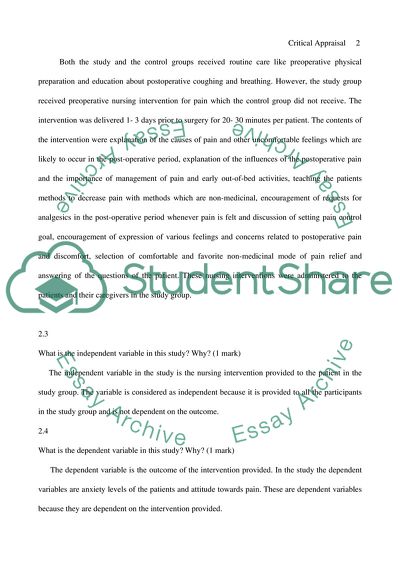Cite this document
(Critical Appraisal of a Medical Study Assignment, n.d.)
Critical Appraisal of a Medical Study Assignment. https://studentshare.org/health-sciences-medicine/1734748-evidence-based-nursing-essay
Critical Appraisal of a Medical Study Assignment. https://studentshare.org/health-sciences-medicine/1734748-evidence-based-nursing-essay
(Critical Appraisal of a Medical Study Assignment)
Critical Appraisal of a Medical Study Assignment. https://studentshare.org/health-sciences-medicine/1734748-evidence-based-nursing-essay.
Critical Appraisal of a Medical Study Assignment. https://studentshare.org/health-sciences-medicine/1734748-evidence-based-nursing-essay.
“Critical Appraisal of a Medical Study Assignment”. https://studentshare.org/health-sciences-medicine/1734748-evidence-based-nursing-essay.


